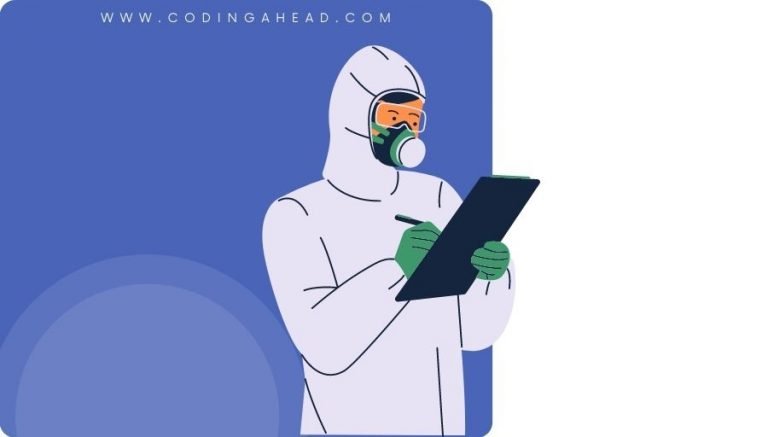How To Use CPT Code 11402
CPT 11402 refers to the excision of a benign lesion, excluding skin tags, on the trunk, arms, or legs with a diameter of 1.1 to 2.0 cm, including margins. This article will cover the description, procedure, qualifying circumstances, appropriate usage, documentation requirements, billing guidelines, historical information, similar codes, and examples of CPT 11402 procedures.
1. What is CPT 11402?
CPT 11402 is a medical billing code used to describe the excision of a benign lesion, excluding skin tags, on the trunk, arms, or legs with a diameter of 1.1 to 2.0 cm, including margins. This code is used by medical coders and billers to accurately document and bill for this specific procedure.
2. 11402 CPT code description
The official description of CPT code 11402 is: “Excision, benign lesion including margins, except skin tag (unless listed elsewhere), trunk, arms or legs; excised diameter 1.1 to 2.0 cm.”
3. Procedure
The CPT 11402 procedure involves the following steps:
- The patient is appropriately prepped, and the area is anesthetized.
- The provider holds a scalpel or other bladed instrument perpendicular to the benign lesion, not a skin tag, measuring 1.1 to 2.0 cm in diameter, including margins, on the trunk, arms, or legs.
- The provider excises down into the subcutaneous tissue in an elliptical, wedge, or circular shape to remove the entire lesion.
- The specimen may be submitted to a laboratory for analysis.
- The provider checks for bleeding and then closes the wound in a single layer.
4. Qualifying circumstances
Patients eligible to receive CPT code 11402 services are those with a benign lesion, excluding skin tags, on the trunk, arms, or legs with a diameter of 1.1 to 2.0 cm, including margins. The lesion must be noncancerous and not listed elsewhere in the CPT code system.
5. When to use CPT code 11402
It is appropriate to bill the 11402 CPT code when a provider performs the excision of a benign lesion, excluding skin tags, on the trunk, arms, or legs with a diameter of 1.1 to 2.0 cm, including margins. The code should be used only when the procedure meets the specific criteria outlined in the CPT code description.
6. Documentation requirements
To support a claim for CPT 11402, the following information should be documented:
- Patient’s medical history and physical examination findings
- Indication for the procedure, including the size, location, and type of lesion
- Description of the procedure, including the excision technique and closure method
- Any complications encountered during the procedure
- Pathology report, if the specimen was submitted for analysis
7. Billing guidelines
When billing for CPT code 11402, keep in mind the following guidelines and rules:
- Ensure that the procedure meets the specific criteria outlined in the CPT code description.
- If a provider excises multiple lesions of different diameters, apply modifier 59, Distinct procedural service, to the code for the second lesion.
- Be aware of similar codes and their differences to avoid incorrect billing.
8. Historical information
CPT 11402 was added to the Current Procedural Terminology system on January 1, 1990. The code was changed on January 1, 2003, with the previous descriptor being “Excision, benign lesion, except skin tag (unless listed elsewhere), trunk, arms or legs; lesion diameter 1.1 to 2.0 cm.”
9. Similar codes to CPT 11402
Five similar codes to CPT 11402 and how they differentiate are:
- CPT 11400: Excision of a benign lesion with a diameter of 0.5 cm or less.
- CPT 11401: Excision of a benign lesion with a diameter of 0.6 to 1 cm.
- CPT 11403: Excision of a benign lesion with a diameter of 2.1 to 3.0 cm.
- CPT 11404: Excision of a benign lesion with a diameter of 3.1 to 4.0 cm.
- CPT 11406: Excision of a benign lesion with a diameter of over 4.0 cm.
10. Examples
Here are 10 detailed examples of CPT code 11402 procedures:
- Excision of a 1.5 cm diameter seborrheic keratosis on the patient’s upper arm.
- Removal of a 1.2 cm diameter lipoma on the patient’s lower back.
- Excision of a 1.8 cm diameter epidermoid cyst on the patient’s thigh.
- Removal of a 1.1 cm diameter dermatofibroma on the patient’s forearm.
- Excision of a 1.3 cm diameter pilomatricoma on the patient’s shoulder.
- Removal of a 1.9 cm diameter nevus on the patient’s abdomen.
- Excision of a 1.4 cm diameter pyogenic granuloma on the patient’s leg.
- Removal of a 1.6 cm diameter keloid on the patient’s chest.
- Excision of a 1.7 cm diameter xanthoma on the patient’s upper back.
- Removal of a 2.0 cm diameter angiolipoma on the patient’s lower leg.



